Quantifying the relationship between SARS-CoV-2 viral load and infectiousness
- Jeremie Guedj

- 7 oct. 2021
- 1 min de lecture
Our new publication in Elife (https://elifesciences.org/articles/69302) in collaboration with Michael Marks, Oriol Mitja and Marc Corbacho-Monne quantifies the relationship between viral load and the risk of transmission.
The originality of the study lies in the fact that we used mathematical modeling to recontruct viral load at the time of contact and infer the probability of infection. The effect of viral load was larger in household contacts than in non-household contacts, with a transmission probability as large as 48% when the viral load was greater than 10^10 copies per mL. The transmission probability peaked at symptom onset, with a mean probability of transmission of 29%, with large individual variations. The model also projects the effects of variants on disease transmission. Based on the current knowledge that viral load is increased by two- to eightfold with variants of concern and assuming no changes in the pattern of contacts across variants, the model predicts that larger viral load levels could lead to a relative increase in the probability of transmission of 24% to 58% in household contacts, and of 15% to 39% in non-household contacts.



Commentaires